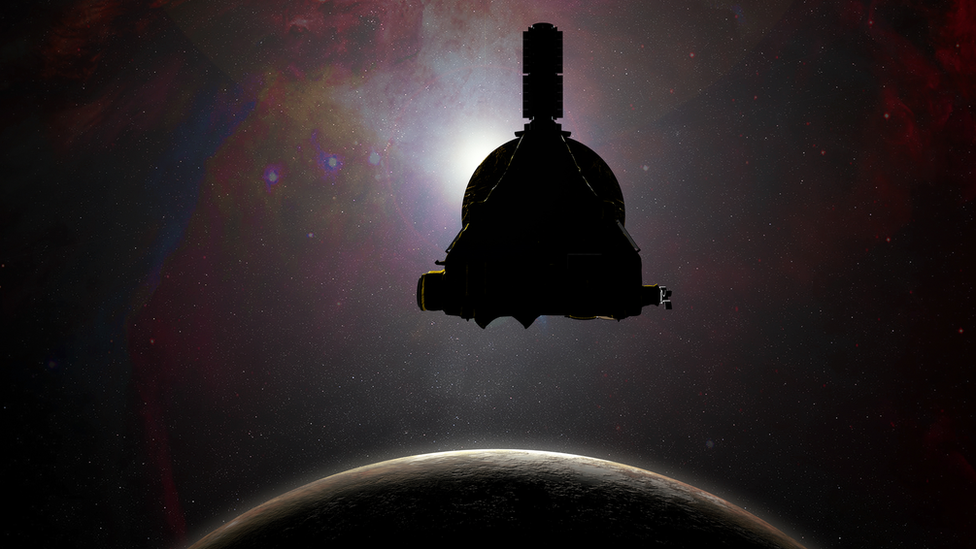Nasa's New Horizons: Best image yet of 'space snowman' Ultima Thule
- Published


The New Horizons probe has sent back its best picture yet of the small, icy object Ultima Thule, which it flew past on New Year's Day.
The image was acquired when the Nasa spacecraft was just 6,700km from its target, which scientists think is two bodies lightly fused together - giving the look of a snowman.
Surface details are now much clearer.
New Horizons, external' data is coming back very slowly, over the next 20 months.
This is partly to do with the great distance involved (the separation is 6.5 billion km) but is also limited by the small power output of the probe's transmitter and the size (and availability) of the receive antennas here on Earth. It all makes for glacial bit rates.
The new image was obtained with New Horizons' wide-angle Multicolor Visible Imaging Camera (MVIC) and gives a resolution of 135m per pixel. There is another version of this scene taken at even higher resolution by the probe's Long Range Reconnaissance Imager (LORRI), but this has not yet been downlinked from the probe.
When the best pictures from the moment of closest approach (a miss distance of 3,500km) are available, they should have resolutions of roughly 35m per pixel.
But even in the latest MVIC observation, the new detail is fascinating.
Ultima Thule's topography has now sharpened sufficiently for us to see the defined outline of a number of pits, especially along the day/night boundary, or terminator.
For scale, the overall length of the snowman is about 33km.
Researchers will have to determine whether the holes are impact craters or voids created by some other type of process - such as the escape of volatile materials.
Ultima Thule, a conglomeration of ice and dust, orbits the Sun in a sparsely populated and low-energy environment known as the Kuiper belt.
The chance of a collision with other objects ought therefore to be exceedingly low, but then this snowman was very probably created right at the start of Solar System formation and has had time to pick up at least a few scars.
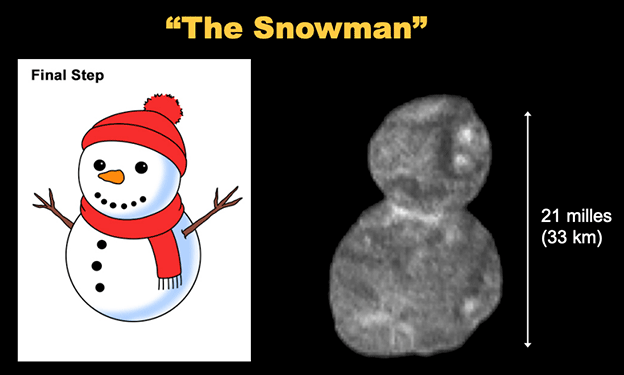
The previous best image of Ultima Thule
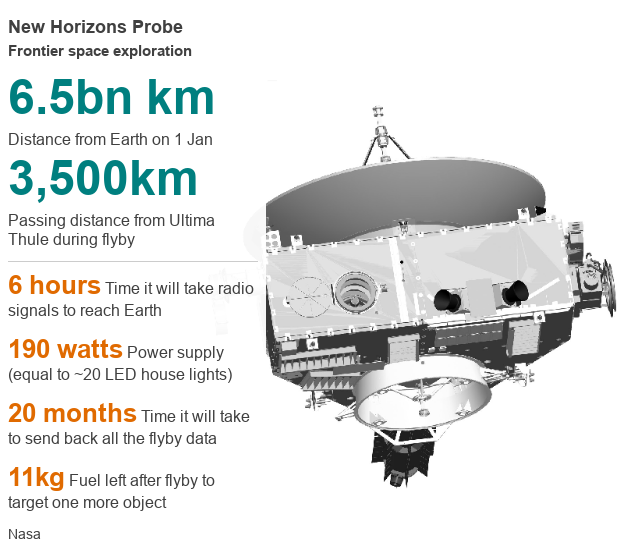
What's so special about the Kuiper belt?
Several factors make Ultima Thule, and the domain in which it moves, so interesting to scientists.
One is that the Sun is so dim in this region that temperatures are down near 30-40 degrees above absolute zero - the coldest atoms and molecules can possibly get. As a result, chemical reactions have essentially stalled. This means Ultima is in such a deep freeze that it is probably perfectly preserved in the state in which it formed.
Another factor is that Ultima is small (about 33km in the longest dimension), and this means it doesn't have the type of "geological engine" that in larger objects will rework their composition.
And a third factor is just the nature of the environment. It's very sedate in the Kuiper belt.
Unlike in the inner Solar System, there are probably very few collisions between objects. The Kuiper belt hasn't been stirred up.
New Horizons' principal investigator Prof Alan Stern said: "Everything that we're going to learn about Ultima - from its composition to its geology, to how it was originally assembled, whether it has satellites and an atmosphere, and that kind of thing - is going to teach us about the original formation conditions in the Solar System that all the other objects we've gone out and orbited, flown by and landed on can't tell us because they're either large and evolve, or they are warm. Ultima is unique."


Did you catch the BBC's Sky At Night special on New Horizons' flyby of Ultima Thule? Watch Chris Lintott, external and Maggie Aderin-Pocock now on the BBC iPlayer.
Jonathan.Amos-INTERNET@bbc.co.uk, external and follow me on Twitter: @BBCAmos, external
- Published2 January 2019

- Published1 January 2019
- Published1 January 2019
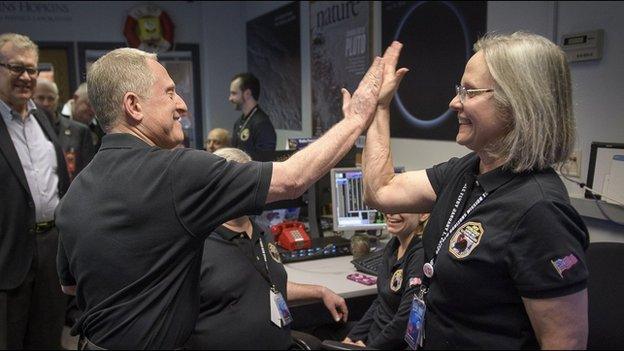
- Published18 December 2018
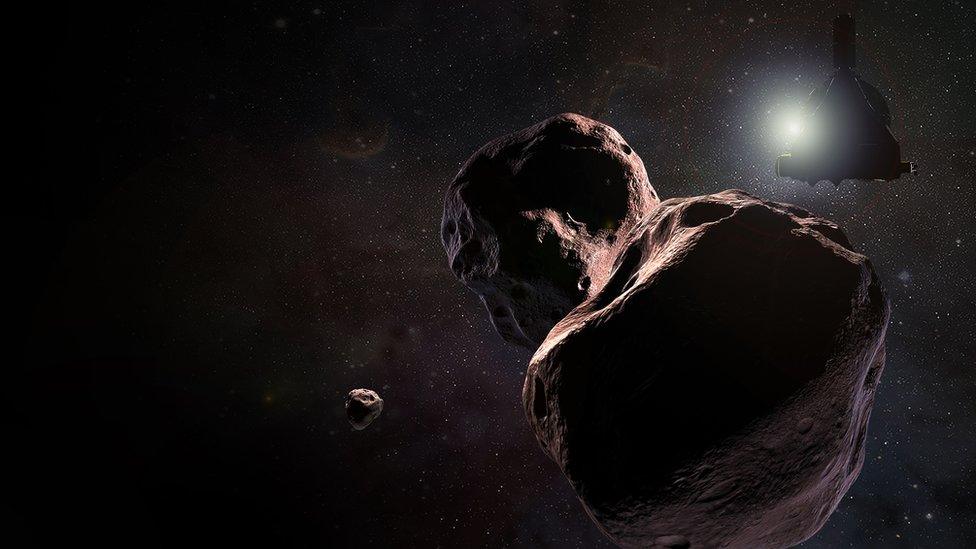
- Published9 May 2018
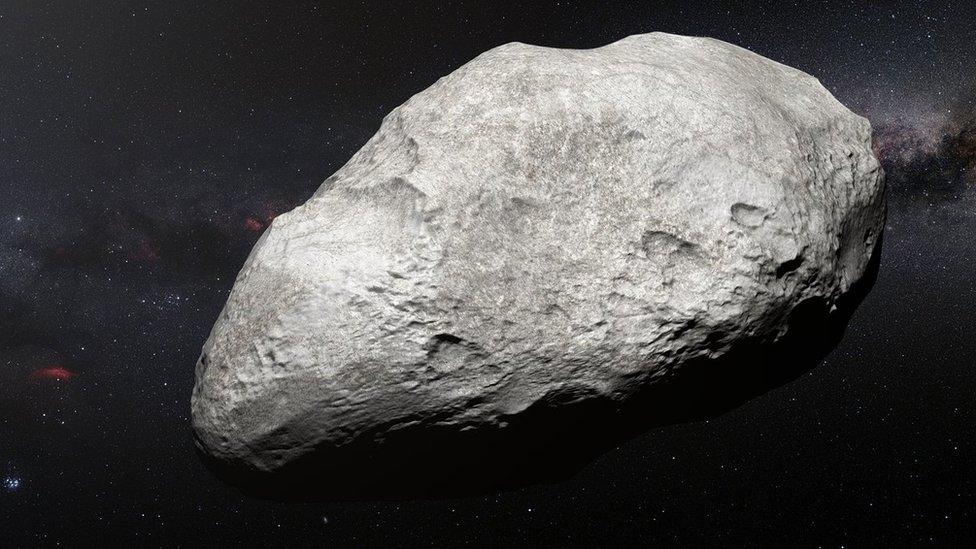
- Published12 December 2017
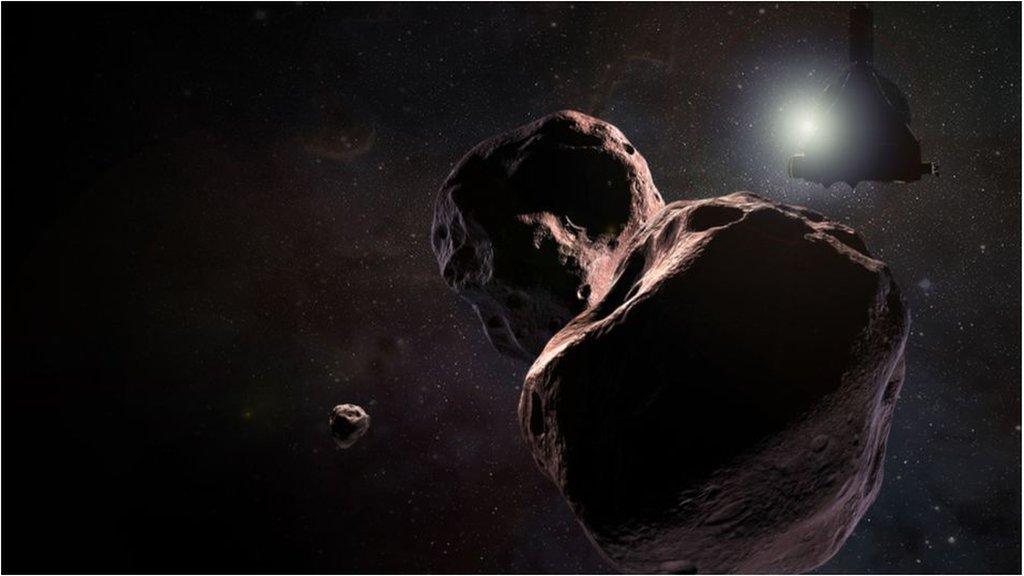
- Published30 August 2015
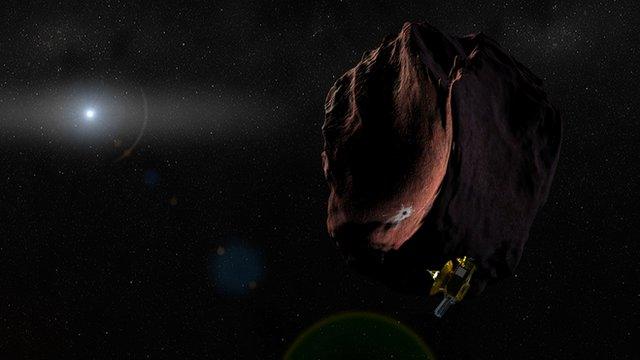
- Published10 July 2015
